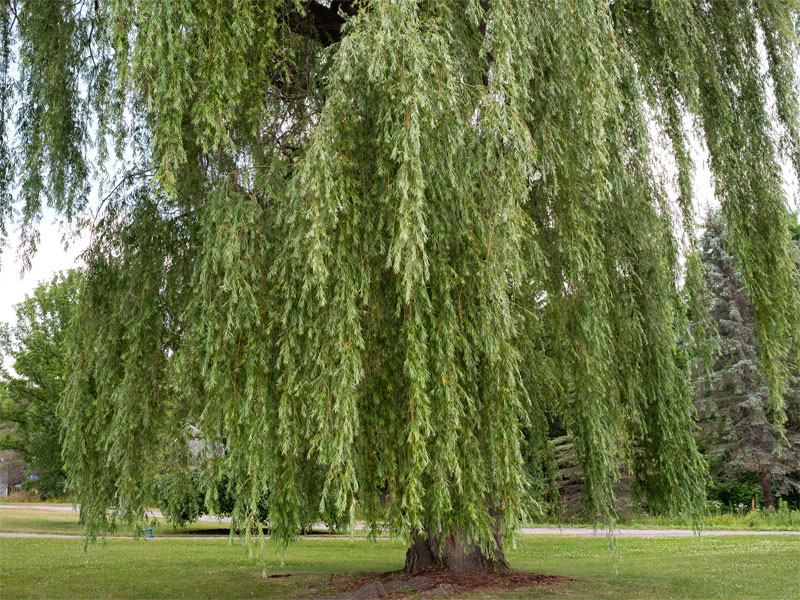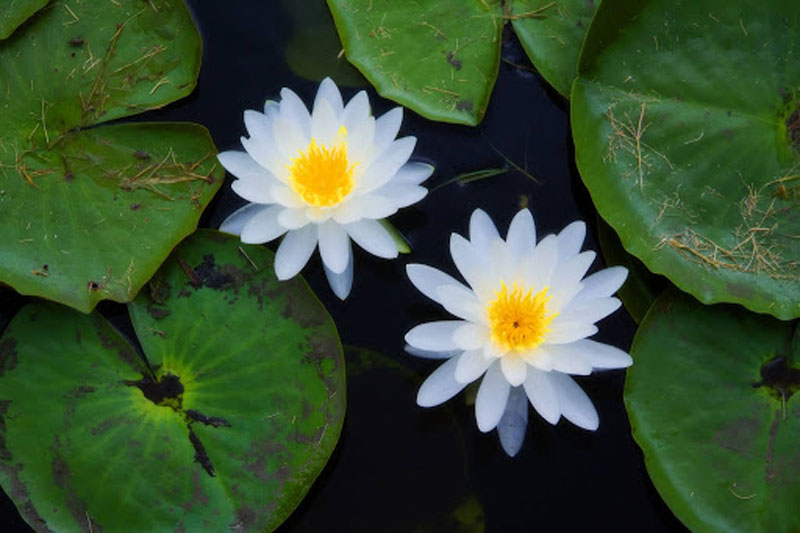Category: W
-

Weeping
Used mostly for trees and shrubs with pendulous branches or branchlets, as in weeping willows.
-

Water plant
The same as aquatic.
-
Warm-temperate
Usually applied to the upper- middle parts of the temperate zones, between about 30 and 40 degrees of latitude, where at least in coastal areas frost is absent or very light.
-
Wuchereria
A type of tiny nematode worm which infests the lymph system, causing elephantiasis. A genus of white threadlike parasitic worms that live in the lymphatic vessels. W. bancrofti is a tropical and subtropical species that causes elephantiasis, lymphangitis, and chyluria. The immature forms concentrate in the lungs during the day. At night they become more…
-
Writhe
To twist and turn because the pain is very severe.
-
Writer’s cramp
A painful spasm of the muscles in the forearm and hand which comes from writing too much. Painful spasms in the muscles of the hand that make it difficult to write. A simple and transient case of writer’s cramp affects the thumb and first two fingers of the writing hand; it is caused by using…
-
Wrist joint
A place where the wrist joins the arm.
-

Wrinkled
With wrinkles.
-
Worm
A long thin animal with no legs or backbone, which can infest the human body, especially the intestines. Any member of several groups of soft bodied legless animals, including flatworms, nematode worms, earthworms, and leeches, that were formerly thought to be closely related and classified as a single group (Vermes). An elongated invertebrate belonging to…
-
World health organization
An organisation, part of the United Nations, which aims to improve health in the world. A specialized agency of the United Nations established in 1948 to serve as the directing and coordinating authority in international health; also known as WHO. According to the WHO constitution, the organization’s objective is to help all people achieve the…